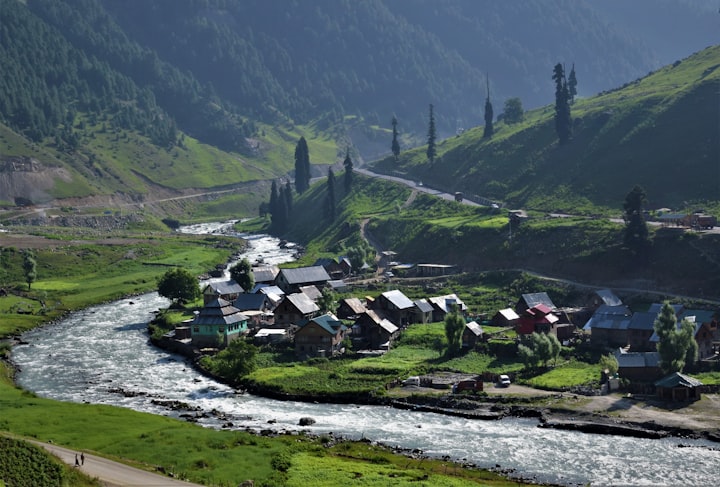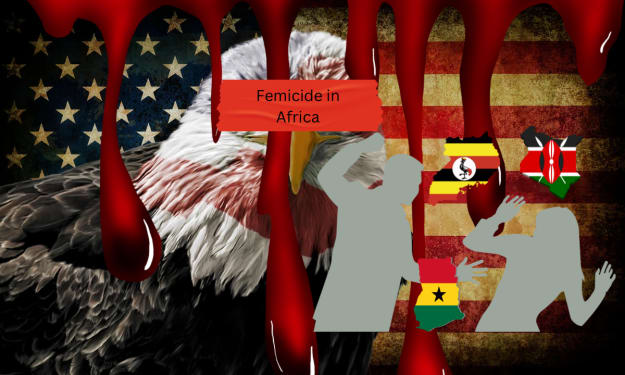Dealing With A Pandemic For An Already Troubled Region
In Kashmir, healthcare and information are hard to come by, which gives COVID-19 the ammunition to devastate the region.

When the COVID-19 pandemic took hold of the globe, countries were plunged into a chaotic period of enforcing restrictions on activities, scrambling for medical equipment, and preparing their medical infrastructures for the wave of new patients. While nearly no region has come out unscathed, few have been as hard hit as Kashmir. Even before COVID-19, Kashmir had been through months of strict lockdown which, at one point, included a full internet shutdown imposed by the Indian government. While rudimentary internet services have been restored, stay-at-home orders are often difficult for Kashmiris to adhere to. Due to the slow-speed internet, many students and workers don’t have the services to work from home, medical professionals are stifled, and misinformation abounds.
A group of eighteen doctors from across India warned that the situation in Kashmir had led to a “blatant denial of the right to healthcare.”
The communications blackout was imposed in Kashmir in August 2019 by the Indian government, who stated that the goal of the blackout was to curb insurrection. The lockdown, which shut off all internet access including social media, was the longest lasting communications shutdown in a democracy. While the internet has been restored, it is slow and 4G internet access is still unavailable. Healthcare workers are often unable to get up-to-date information and the latest research on COVID-19, hindering their response effort.
Dr. Iqbal Saleem, a Kashmiri professor of surgery, took to Twitter to share his frustrations with the internet lockdown saying, “This is so frustrating.. Trying to download the guidelines for intensive care management as proposed by docs in England.. 24 Mbs and one hour.. Still not able to do so…”
(DrIqbalSaleemM1)
The region is already gripped in poverty and many residents have little or no medical care. The access to physical and mental healthcare in Kashmir already faces some grim difficulties. One article, published by the Dart Center for Journalism and Trauma, addressed the mental health situation in Kashmir by asking, “What happens when an entire society is suffering from PTSD?” Mental health is an essential element when determining quality of life and the Kashmiri people suffer from sky high rates of mental illness.
One 2009 study, Life in conflict: Characteristics of Depression in Kashmir, published in the International Journal of Health Sciences, looked at the non-combatant civilian population in Kashmir. The study found the prevalence of depression to be as high as 55%. The highest rates of depression were found in the age group from 15 to 25, at a shocking 66%. The study found that rates of depression were much higher in rural areas compared to urban areas. The psychological damage from decades of low-intensity conflict and frequent trauma from war-related violence is widespread in Kashmir. There is a mass exposure among the civilian population to torture, rape and sexual torture, executions, shootings, death of family members, destruction of property, disappearances, loss of limbs, and poverty.
“The exodus of health care professionals from Kashmir during the early 1990s created a vacuum adversely affecting the basic health services. The already inadequate health care infrastructure further added to the miseries making the people vulnerable to health problems and other forms of deprivation. This exodus coupled with poor governance led to malfunctioning of [the] health sector in general but rural health facilities in particular,” wrote Syed Amin and A.W. Khan in their study Life in conflict. “Mental health has been neglected for far too long. In spite of eleven fold increase in psychiatric diseases due to ongoing conflict, tremendous stressful conditions, overwhelming fear and uncertainty during the last 18 years, not much attention is being paid to expand and modernize the present infrastructure.”
Past pandemics have shown that the distribution of timely and accurate public health information is essential in curbing transmission rates. However, government-sanctioned internet shutdowns have prevented the people of Kashmir from getting access to life-saving public health information.
“There is misinformation and confusion as well. The infodemic is spreading faster than the pandemic. We see a lot of social media posts where the information shared is fake and that spreads fast. This is a crucial time and the public needs to know the right information amid the anxiety, but they are not getting the right information,” said Kashmiri journalist Raihana Maqbool in an interview with Aliya Iftikhar of the Committee To Protect Journalists.
Without full-speed internet access, the Kashmir response to the pandemic will be full of misinformation, a lack of information, and puts the lives of citizens at an unnecessary risk.
About the Creator
Raisa Nastukova
Freelance journalist focused on stories of both Kashmir culture and society as well as the rising tide of climate change.






Comments
There are no comments for this story
Be the first to respond and start the conversation.